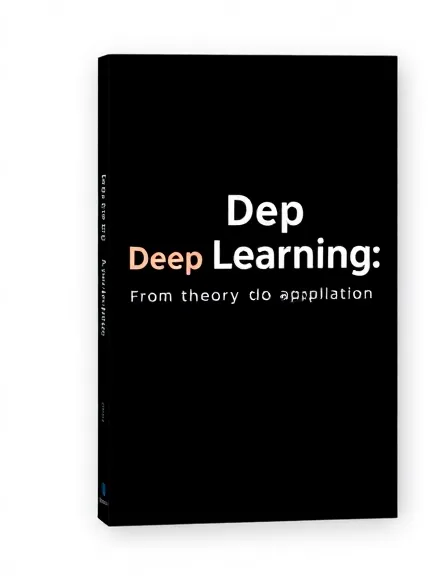Emanuel
Biography
Aspiring Author
Reviews Summary
4.0
Rating Breakdown
3 total ratings
Aspiring Author
4.0
Rating Breakdown
3 total ratings
This first chapter really drew me in with its clear explanations. I appreciated how it broke down AI, ML, and Deep Learning so accessibly. The way it explained the math concepts like linear algebra and calculus felt very intuitive. Learning about the perceptron and activation functions was a great starting point. I'm definitely interested in reading the rest of this book. It seems like it will provide a solid foundation for anyone wanting to understand deep learning applications. I'm curious to see how it builds on these foundations in the next chapters. The author does a good job of making complex topics understandable. I can see this being a valuable resource for data science students. I'm looking forward to exploring the practical applications mentioned.
This first chapter of "Deep Learning: From Theory to Application" offers a solid and informative introduction. The explanation of AI, ML, and Deep Learning's evolution felt particularly well-paced and clear. I appreciated the emphasis on understanding the underlying math intuitively rather than just presenting formulas. The introduction of the perceptron and activation functions provided a good foundational understanding. The chapter effectively sets the stage for the complexities to come. I'm definitely interested in reading the rest of this textbook. It seems like a valuable resource for data science students. The authors did a good job making this complex topic accessible. Can't wait to see where this story goes.
This first chapter really drew me in with its clear explanation of foundational concepts. I appreciated how Emanuel laid out the evolution from AI to ML to Deep Learning so effectively. The explanation of the necessity of math, like linear algebra and calculus, felt very accessible. Learning about the perceptron and different activation functions was a solid introduction to the building blocks. I am definitely interested in reading the rest to see how these theories translate into applications. It feels like a well-structured start to a comprehensive deep learning textbook. I'm curious to see how CNNs, RNNs, and GANs are explained in subsequent chapters. This chapter provides a promising foundation for any aspiring data scientist. The author does a great job of making complex topics approachable. It sets the stage well for the practical applications promised in the description.
